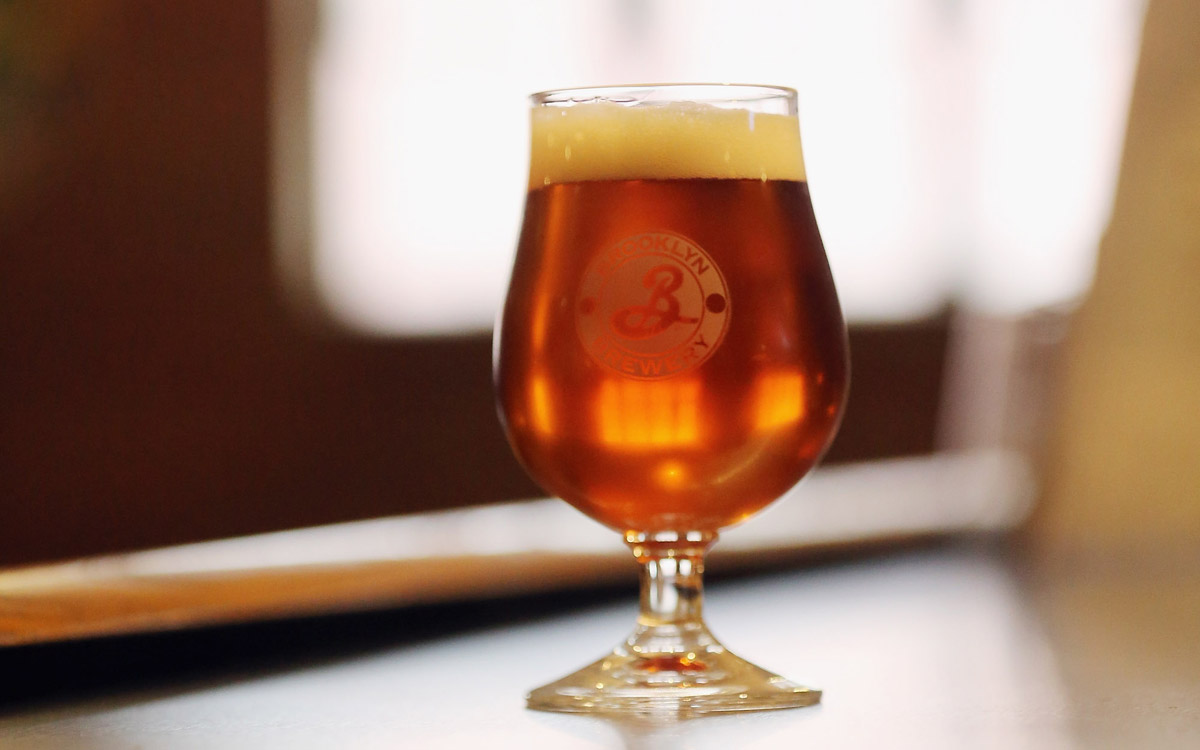What is craft beer urbanism you ask? If urbanism is about bringing people together through culture and placemaking, then craft beer urbanism creates that interaction through its location decisions and ability to congregate local residents as well as tourists. As with urban planning trends and movements, the craft beer movement has been picking up steam for several years. Craft beer isn’t a buzzword or trend that some say should be eliminated in 2014. This form of urbanism should be embraced.

As cities are the economic engines of the country, craft breweries are the one of the pistons within the economic engine. The craft beer industry contributes to communities through jobs as they employ 650 people in direct brewery jobs, according to the Ministry of Economic Development, Trade and Tourism (2013). Craft breweries are part of the creative economy where they become magnets and attract business to the area, like a Bellwoods Brewery in Ossington Village.
Craft breweries help define placemaking opportunities as well as local identity. Many of them represent the communities or regions they are part of. Some examples have been Yellowhead Brewing in downtown Edmonton, Kichessippi Beer Company in the Carlingwood neighbourhood in Ottawa; and Junction Brewing and Kensington Brewing Company all in Toronto. Cassandra Campbell from Liberty Village Beer states that they use an incubator approach where they rent time from other microbreweries to brew their beer and sell it through establishments within Liberty Village. A small start-up approach to craft brewing, which is a component of a creative economy.
Noteworthy is the urban form of these local breweries. While some old mainstream brewery locations close down like Molson’s in Edmonton and controversially been rezoned into commercial and residential space, craft breweries move into urban areas. Breweries are increasingly located in old warehouses or industrial units in the form of adaptive reuse. Adaptive reuse is a process where buildings are re-purposed for new uses.
Where do we go from here? Some craft breweries have been able to expand regionally and nationally. Others sell their rights to the mainstream breweries such as Anheuser-Busch and Molson-Coors, particularly for national distribution purposes. Those that do the latter don’t have the ability to stick to their base. Richard Florida from the Martin Prosperity Institute believes that import restrictions should be lifted and let other craft breweries come in to increase the competition. This is occurring in the United States where Lagunitas Brewing Company from California is opening an expansion location in Chicago. Chris Dillion, Managing Director at Vermilion Developments in Chicago states that cities should leverage breweries and brewpubs as anchors as it would offer a regional draw and retail experience.
It is always good to have debates on urban planning theories, principles and trends because you know it is worth talking about. Craft beer urbanism is here to stay and is putting the hop back into cities.




Comments